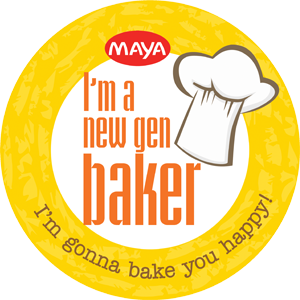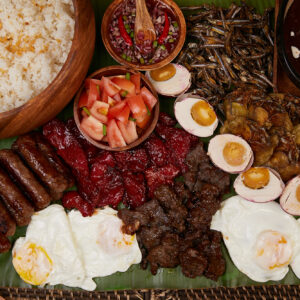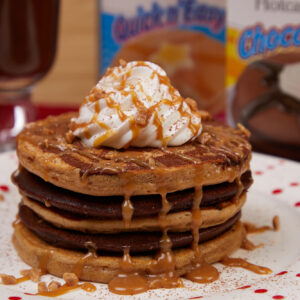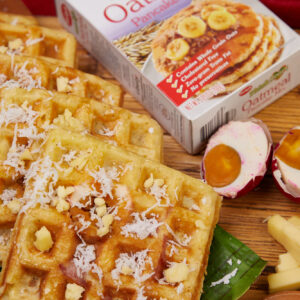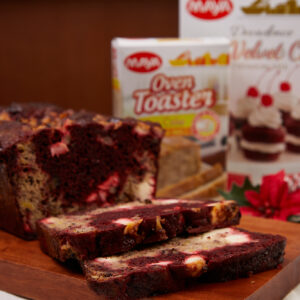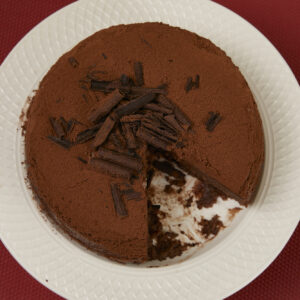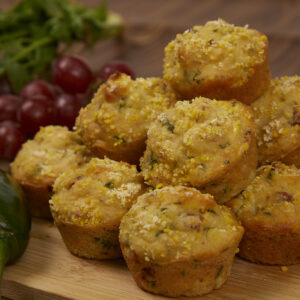Bake: To cook in the oven with dry heat.
Batch: One recipe of yeast, quick breads, or cookies.
Batter: Dough that is too moist to knead, as in batter bread. Also used to describe texture in early part of directions before all the flour has been added.
Beat: To mix ingredients together with a circular up and down motion using a spoon, whisk, rotary, or electric beater.
Bind: To thicken or smooth out the consistency of a liquid.
Blanch: To dip food (mostly fruits or vegetables) into boiling water or pour boiling water over the food.
Blend: To stir ingredients until they are thoroughly combined.
Boil: To cook liquid over 212°F (100°C).
Bread: To coat with dry bread crumbs or cracker crumbs.
Caramelize: To heat sugar until brown and a characteristic flavor develops.
Chill: To make food cold by placing it in a refrigerator or in a bowl over crushed ice.
Chop: To cut into small pieces.
Clarify: To make a substance clear or pure.
Coat: To thoroughly cover a food with a liquid or dry mixture.
Combine: To mix or blend two or more ingredients together.
Cool: To let food stand until it no longer feels warm to the touch.
Cream: To soften solid fats, often by adding a second ingredient, such as sugar, and working with a wooden spoon or electric mixer until it is creamy.
Crush: To pulverize.
Cube: To cut into small squares of close to equal size.
Cut in: To combine solid fat with flours using a pastry blender, two forks or the fingers.
Dot: To place small pieces of butter or other food over the surface of a dish.
Double in bulk: Refers to the expansion of gluten cells in yeast bread that has risen. It is difficult for beginners to judge, so we suggest the finger test after allotted time has elapsed: Press two fingers into dough, and if marks remain unchanged, it is ready to punch down.
Double in size: Refers to the final rising before bread is baked. It’s a visual measurement, subject to guessing and experience. Less is better than more. Individual recipes indicate what to look for including “almost double in size,” or “until half again as large.”
Drain: To remove liquid from a food product.
Drop: Using a spoon, drop batter onto baking sheet.
Dust: To lightly sprinkle the surface of a food with sugar, flour, or crumbs. To also sprinkle the surface for rolling out the dough.
Elastic: Capable of recovering shape after stretching the dough.
Flake: To break into small delicate pieces with a fork.
Fold: To incorporate a delicate mixture into a thicker, heavier mixture with a whisk or rubber spatula without stirring, so that the finished product remains light.
Garnish: To decorate by adding other attractive and complementary foodstuffs to the food or serving dish.
Grate: To reduce a food into small bits by rubbing it on the sharp teeth of a grating tool.
Grease: To rub fat or non-fat cooking spray on the surface of a cooking utensil or on a food itself.
Knead: To work dough by pressing it with the heels of the hand, folding it, turning it, and repeating each motion until the dough is smooth and elastic.
Level: Dry ingredients are spooned into a cup and then leveled off with a straight edge, such as a knife or spatula.
Mash: To break food by pressing it with the back of a spoon, a masher, or forcing it through a ricer.
Mince: To cut or chop into very fine pieces.
Packed: Used for brown sugar. Spoon brown sugar into dry measuring cup and press down until firmly packed. Overfill the measuring cup, then level it off with straight edge or spatula.
Pare: To remove the stem and outer covering of a vegetable or fruit with a paring knife or peeler.
Preheat: To heat the oven, broiler, or toaster oven to a desired temperature before inserting the food.
Punch down: To push a fist firmly into the top of yeast dough that has completed the first rising.
Puree: To put food through a fine sieve or a food mill to form a thick smooth liquid.
Rest time: Yeast doughs benefit from brief intermission of handling; individual recipes tell you when. Always cover resting dough so a “skin” doesn’t form. Turn a bowl over it or cover with plastic wrap.
Scald: To heat liquid to just before the boiling point; to dip food into boiling water or pour boiling water over the food.
Score: To make small, shallow cuts on the surface of a food.
Sear: To brown the surface of a food very quickly with high heat.
Season: To add herbs, spices, or other ingredients to food to increase the flavor.
Separate: To remove the yolk from the white of the egg.
Shaping: Recipes indicate how to shape special breads and rolls. For regular bread loaves, lightly flour the work surface and, after shaping the dough into a smooth ball, roll to a rectangle using a rolling pin. Beginning at the short end, roll tightly to make a loaf shape. With fingers, pinch seam of rolled dough to seal. Then pinch each end. Pat into a uniform loaf shape.
Shred: To cut or break into thin pieces.
Sift: To sift flour and dry ingredients through a sifter. Flour will pack from its own weight. Sifting incorporates air into the flour and insures accurate measuring.
Simmer: To cook in liquid that is barely at the boiling point.
Skim: To remove a substance from the surface of a liquid.
Steam: To cook with vapor produced by a boiling liquid.
Steep: To soak in hot liquid.
Strain: To separate solid from liquid.
Thicken: To make a liquid dense by adding a food like flour, cornstarch, egg yolks, rice, or potatoes.
Vent: To leave an opening through which steam can escape in the covering of a food to be cooked.
Whip: To beat quickly and steadily by hand with a whisk or electric mixer.
Measure equivalents
3 teaspoons = 1 tablespoon; 2 tablespoons = 1 ounce
4 tablespoons = ¼ cup; 1 cup = 8 fluid ounces
5 1/3 tablespoons = 1/3 cup; 1 cup = ½ pint
8 tablespoons = ½ cup; 2 cups = 1 pint
10 2/3 tablespoons = 2/3 cup; 4 cups = 1 quart
12 tablespoons = ¾ cup; 4 quarts = 1 gallon
16 tablespoons = 1 cup; 1 ounce = 28.35 grams
1 gram = 0.035 ounces; 1 liter = 1.06 quarts
* Re-post from wheatfoods.org
